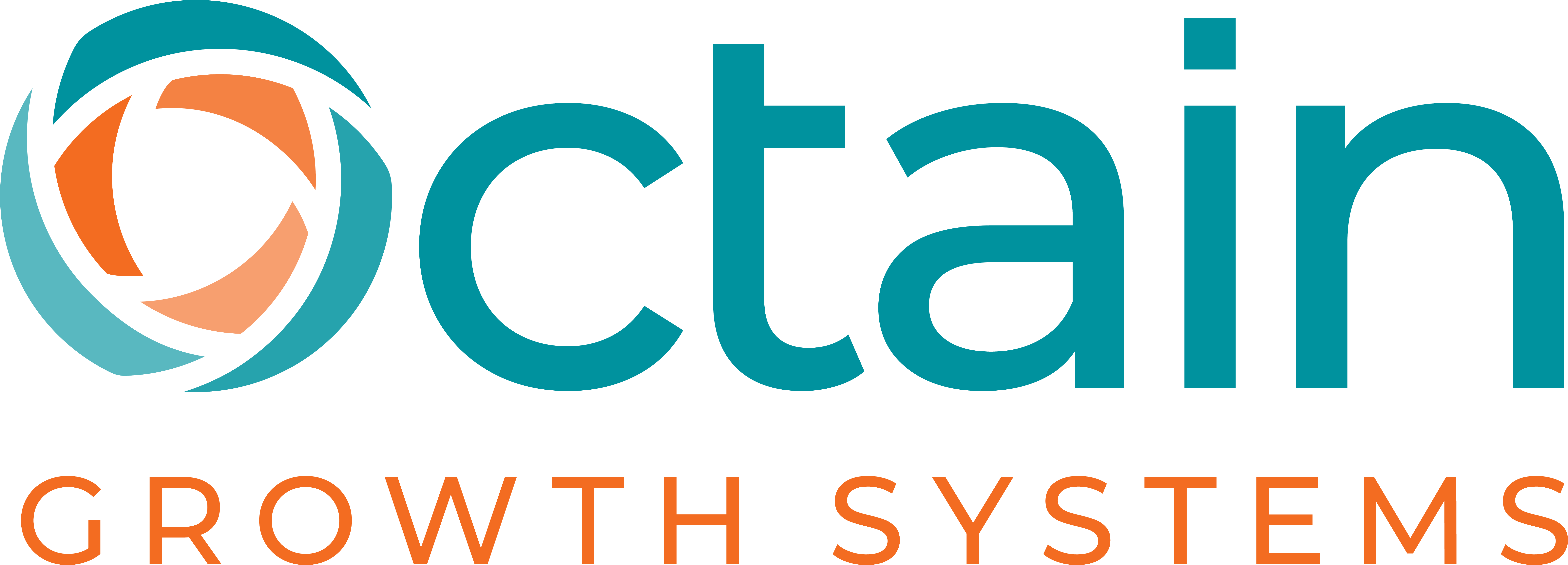Are we ready for 2020? That’s the question many business owners are asking today as we start the planning process for next year. And with that question comes the gut churning, palms sweating reality that — oh no! We have to put together a 2020 plan!
For many, the first challenge is finding the time. How do you fit this planning and prep into a business week already overloaded with meetings, customer visits, production schedules and all the other daily tasks?
Do you break out a few hours on a Friday? Schedule a two-day offsite? Hire a facilitator for a team session? Pay a consultant for a business or strategic plan?
If the very idea of having to stop your momentum to plan for 2020 gets your stomach churning, you are not alone. In fact, for many business owners the business disruption of planning is more painful than the value they get in return. That may be because prior plans were never or only partially implemented.
How often have you taken the time to create a business or strategic plan with every good intension only to have it languish on the shelf while you continue to manage the business by gut instinct?
The cost of doing nothing is expensive
What’s the cost of doing nothing or continuing to manage by gut? Invariably, it’s reactive, crisis management that leads to trial and error decision making. That always costs time and money as you have to keep pivoting to put out the next fire. And how about your team? Reactive management always handcuffs your talented team because they have to wait for you to decide or they crisis manage on their own, compounding the time and money wasted.
Which plan is best for you?
The two most common yearly plans are business plans and strategic plans. A financially driven business plan that details how you will make money is best for companies seeking capital through investment or loan. It lay outs a general operational overview and detailed financial projections. Strategic plans define the businesses’ overall strategy or direction, and determine the resources needed to pursue this strategy. They are best for growing companies that need to scale or take the business to the next level.
Done for you or DIY?
The Done for You option, hiring a coach or consultant to put the plan together, means you have an expert to guide you. Be prepared to spend between $5,000 to $15,000 for the plan depending on the size and complexity of your business. And start now. A consultant-developed plan will take 4 to 12 weeks, depending on your business size and complexity as well as how often you can meet with your consultant or coach.
If you choose to Do It Yourself, you can find lots of resources on the Internet. One of the best known and widely used is the Business Model Canvas. With that option you have to find the time, the knowledge and the tools to plan and then deal with the business disruption that probably caused you to avoid planning in the first place.
Feel your palms getting sweaty again?
Planning for the Speed of Business
At Octain we offer our clients the best of both worlds ¾ a fast, simple approach to planning that gives you a direction and a process you can actually enjoy. Here are three simple steps.
- Set three goals: a profit goal; a revenue goal, and a customer growth goal.
- Set milestones to chart your progress. These can be monthly or quarterly. We recommend monthly.
- Choose your actions. Hold a two-three hour brainstorming session with your team to decide what you will do to achieve your goals. Choose one activity, action or program for each of your three goals.
While not a complete strategy, these simple steps will get your business on the right track – with a defined direction for your team.
That’s fast and simple planning that will eliminate at least half your reactive trial and error decision making.
Want some tools to help get you started? Download our growth plan templates at https://octaingrowth.com/growth-plans/

